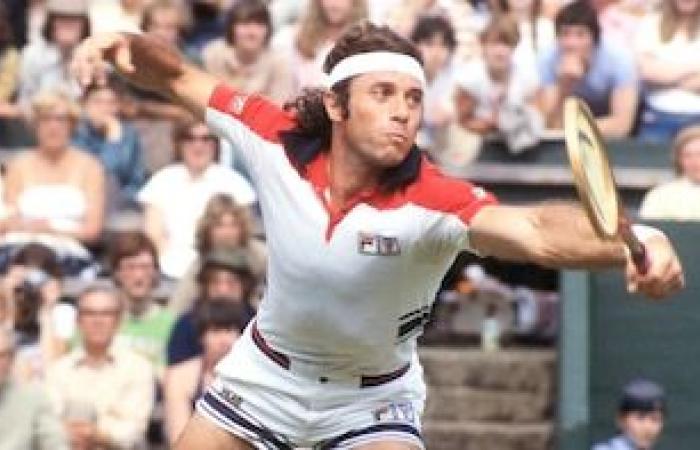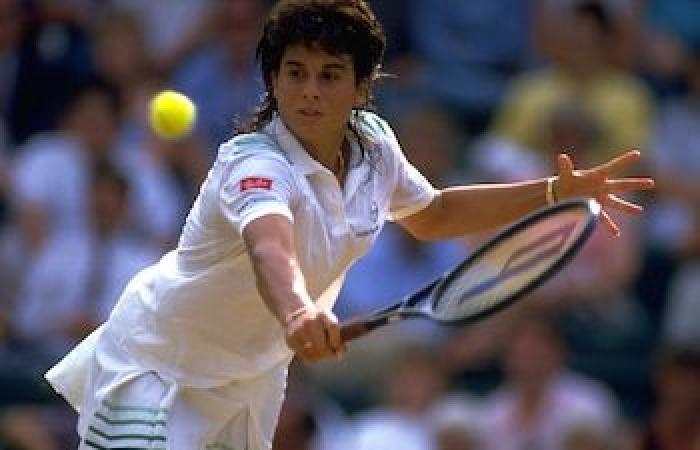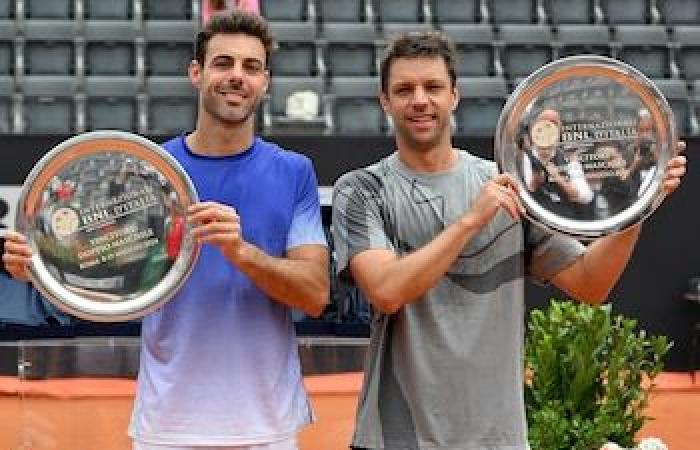The most important tennis tournament in Italy is disputed, it is called Masters 1000 For men and WTA 1000 For women, but for all it is Roma. He Italic forum He dresses up and gives way to the gladiators of these centuries that, already without more weapons than ropes and rackets, seek to be emperors, at least, for one year. After the first round of the 2025 edition of the contest, Six of the seven national players are already among the best 64. The glorious history of our representatives.
For Italian tennis is the most transcendent, for those who are specialists on brick dust is very important, but, by history and tradition, It is imperative for Argentines. That was where, which gladiators in the Roman night, Guillermo Coria He understood that he would have a hard adversary about this territory and the world discovered Rafael Nadalin one of the deeds that the albiceleste tennis players left as an indelible footprint of their passage through the maximum tennis scenario of the peninsula, especially Guillermo Vilas and Gabriela Sabatini.

The contest witnessed the evolution of Argentine tennis, from those adventures of the remembered Enrique Moreain the middle of the last century, to be deposited in the Singles final of 1954 (before the American Budge Patty) Already get the title in doubles, next to the Egyptian Jaroslav Drobnywhich would repeat a year later with another partner, the American Art Larsen. In addition to Norma Baylon and its incursions in the 1960s (he was champion of the female doubles with the South African Annette Van Zylin 1965) until reaching the pretentious boldness of the brightness of the Gran Willyin the ’70, and the natural sympathy of Gabrieladuring the ’80s and ’90, which enchanted that land they renamed as Gabylandiaproduct of that enchantment.
That legacy of both is still alive and inspired all the generations of tennis players, even the new ones, who dream of reaching a bit of the glory that the Rome tournament grants.
The Marplatense was the first Argentine tennis player who conquered the title of singles in Rome. Although he had already managed to arrive at the finals of 1976 (fell to the Italian Adriano Panatta) y 1979 (He lost with the American Lives gerulaitis), he managed to be crowned as a champion in 1980, when he was overcome in the definition of Cameroon, but nationalized French Yannick Noahby 6-0, 6-4 y 6-4when they defined five sets. He Gran Willy He did not yield any parties throughout the contest.
This title contributed to his image as one of the biggest tennis players, about brick dust or slow court, after having won Montecarlo, Roland Garros and the US Openthe latter in Clay.
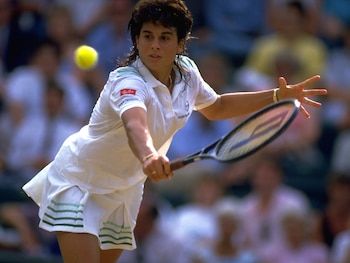
Gabriela Sabatini is the most successful tennis player in the history of this sport In the country And his passage through the Italic forum did nothing more to confirm it. In times when the presence of Diego Maradona playing in him Napoli He captivated football lovers, the arrival of Gabriela further strengthened the link between the local public and the Argentine athletes. Therefore, the Roman coliseum was eclipsed before the simple transit of an easy smile player and blushing cheekbones, which Magic and talent flashed from the ropes of his racket. His spell allowed him to conquer the public and his ability four titles in singles. Gaby played, in total, six finals in Rome, between 1987 (he lost in the only final to which he arrived Steffi Graf) and 1993 (fell to the Spanish Conchita Martínez), and was consecrated for the first time in 1988by beating the Canadian Helen kelesI, 6-1, 6-7 (4) and 6-1.
A year later it would be imposed on the Spanish Arantxa Sánchez Vicario (6-2, 5-7 and 6-4) and would conquer the last two titles against Monica Seleswho reached three consecutive finals. The first one would be in 1991, 6-3 and 6-2, and would repeat the following year, 7-5, 6-4.
In addition, Gabriela also lifted the trophy playing female doubles next to Martina Navratilova In 1991, with what his reign evidenced even more in the Italian capital. Her grace, her sympathy, her magic ended up making her one of the most beloved figures and ended up bewitching the Italian public.
To get an idea of what Gabriela meant, some comparisons must be pointed out. From the Open era, only Chris Evert, with seven disputed finals, surpasses Argentina. The American got it between 1973 and 1984, won five and lost only sun, the first and the last.
Of the players who accompanied Gabriela’s career, Navratilova played four finals and did not win anyGraf reached a single final and won it to Gaby, Sánchez Vicario lost the two finals he played and Seles won two of four, with the peculiarity that Yugoslava defeated and in the other as an American.
The Spanish Conchita Martínez was the one who ended Sabatini’s reign in 1993 and He got four consecutive titles, but lost the final fifth, in the ’97.
After Gabriela’s retirement, Serena Williams managed to add four trophies in Romewhile of the current players, since its appearance in 2020, the Polish Iga Swiatek He won three of the last four editions.
But Guillermo Vilas and Gabriela Sabatini were not the only winning Argentines in the Italic forum. Continuing with the legacy of Great Willy, José Luis Clerc won the Roman title in 1981when he beat Paraguayan Victor Pecciby 6–3, 6–4 and 6–0. Eight years later, in the best year of his career, Alberto Mancini turned the final to André Agassi and defeated him by 6–3, 4–6, 2–6, 7–6 (2) and 6–1. Luli would try once again in 1991, but would fall before the Spanish Emilio Sánchez Vicario.
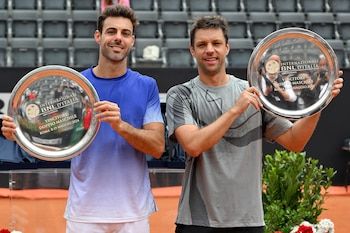
While in doubles, Only Horacio Zeballos managed to be crowned among menin addition to the aforementioned Enrique Morea in the 1950s. Next to Spanish Marcel Granllersthey got it twice, in 2020 and 2024.
For their part, among women, the two former number 1 of the world of doubles specialty managed to devote themselves to the contest. Paola Suárez and the Spanish Virginia Ruano Pascual triumphed in 1998 and 2002while Gisela Dulko, with the Italian Flavia Pennetta crowned in 2010.
Other Argentines who arrived at the singles finals: Martín jaite (1987), Guillermo Pérez Roldán (1988), David Nalbandian (2004), the aforementioned Guillermo Coria (2005) and the last to do so, Diego Schwartzman (2020).


